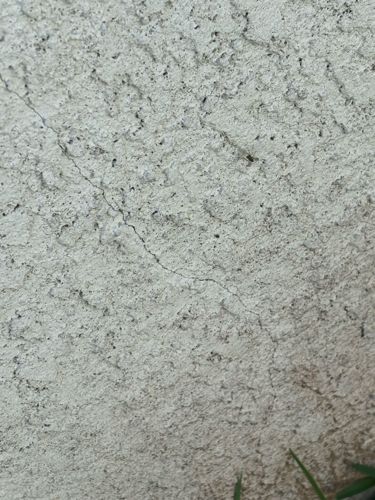Ant
Scientific Name: Formicidae
Order & Family: Hymenoptera, Formicidae
Size: Typically 1 to 30 mm (0.04 to 1.2 inches)

Natural Habitat
Widely distributed in almost all terrestrial ecosystems, often found in soil, under rocks, in wood, and in human structures.
Diet & Feeding
Omnivorous; varies greatly by species. Many consume nectar, seeds, fungi, other insects, and honeydew from aphids. Some are predators, scavengers, or fungus growers.
Behavior Patterns
Highly social insects living in colonies ranging from a few dozen to millions. They exhibit complex behaviors including division of labor, communication through chemical signals (pheromones), nest building, and foraging for food. They often form trails to food sources.
Risks & Benefits
Risks: Some species can bite or sting, causing minor irritation or allergic reactions. Can be considered pests when they invade homes or gardens, contaminating food or damaging structures. Benefits: Play important roles in ecosystems as decomposers, aerating soil, predating on other insects, and dispersing seeds. Some species are used in biological pest control.
Identified on: 9/6/2025